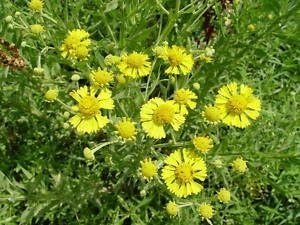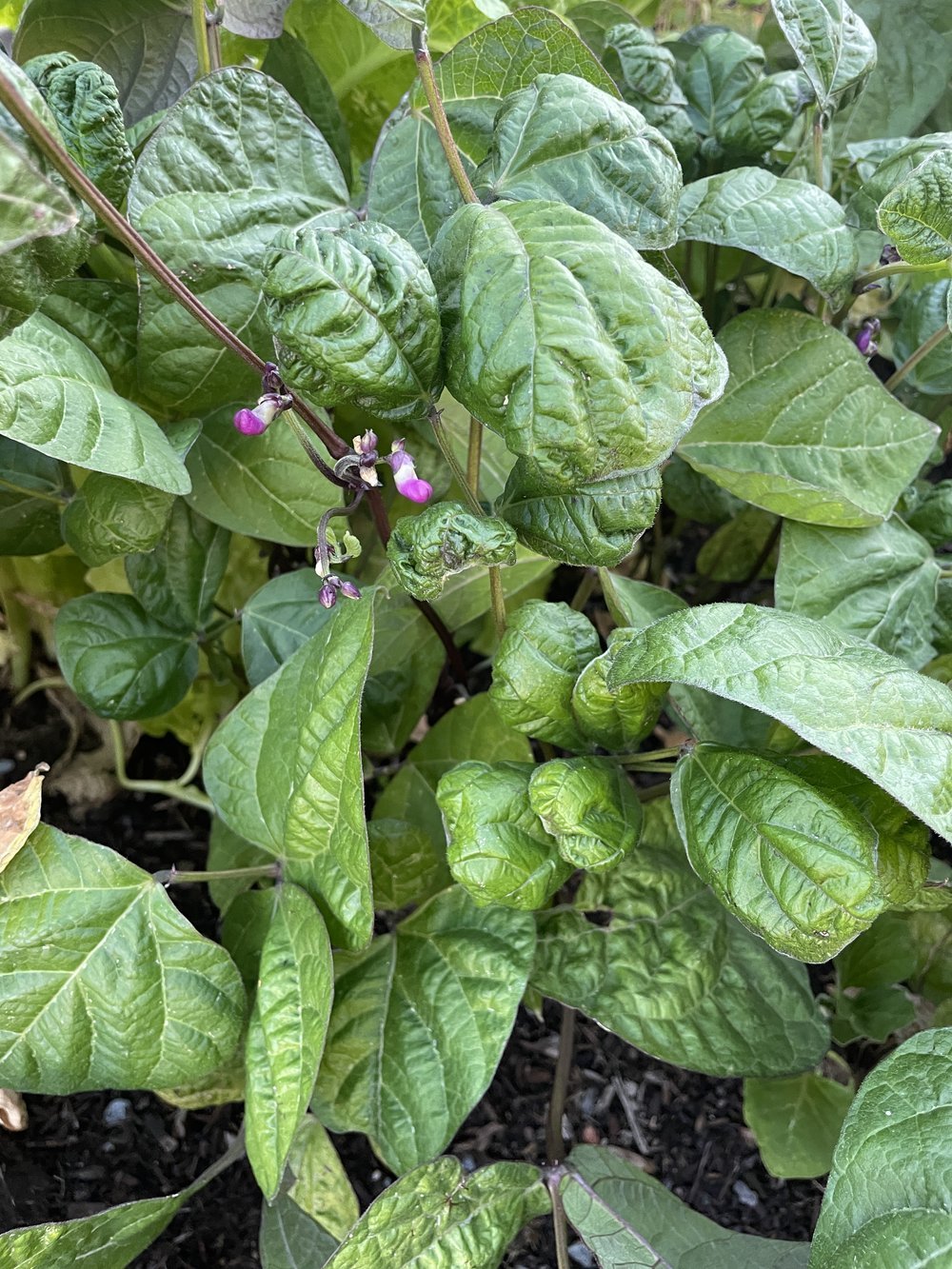Index of Farmer's Market Online® Guides
Farm Kitchen
Breads
Chocolate
Coffee
Corn
Curry
Raisins
Spices and Culinary Herbs
Tea
Good Spirits & Fine Liqueurs
Bourbon
Brandy
Gin
Rum
Tequila
Vodka
Whiskey
Home & Garden
Candles
Dough Figurines
Wreaths
In Season
Air Plants
Aloe Vera
Artichoke
Asparagus
Basil
Blackberries
Blueberries
Blood Orange
Cabbage
Catnip
Cranberries
Egyptian Walking Onions
Figs
Garlic
Grapefruit
Kale
Kohlrabi
Pawpaw
Peaches
Pecans
Peppers
Pomegranates
Pumpkin
Shelling Beans
Sour Cherries
Meats & Fish
Turkey
Nuts & Grains
Chestnuts
Plants
Air Plants
Azaleas
Bigleaf Hydrangea
Bonsai
Bronze Dutch Clover
Camellia
Carnivorous Plants
Catnip
Chestnut
Christmas Cactus
Cranberry
Easter Lily
Gentian
Heuchera
Mint
Orchids
Ornamental Cabbage
Ornamental Grasses
Pasque Flower
Pawpaws
Pinyon Pine
Poinsettia
Roseroot
Salvia
Sneezeweed
Voodoo Lily
Zinnia
Specialty Foods
Spices
Farmer's Market Online® Guide to Mint
This popular herb, also known as Mentha, has more than two dozen species and hundreds of varieties. Peppermint and spearmint are the two most popular culinary mints.
In Greek mythology, Minthe was a lovely nymph beloved by Pluto. His jealous wife, Persephone, transformed Minthe into the homely mint plant.
Cultivation
Most mint varieties tolerate some shade, but prefer direct sun. Variegated types, however, require some protection from the sun.
When growing outdoors, plant one or two mint plants about 2 feet apart in moist soil. One or two plants will easily expand to create a generous groundcover, growing up to a foot tall or more.
Because mint spreads quickly, many gardeners plant it in a small pot and then plant that pot in the ground or inside a larger container. Another way to keep mint in check is to harvest the tips regularly and pull up wayward runners. Mint blooms small flowers June to September; trim these before the buds open to keep the plant compact.
Lift and replant mint every 3 - 4 years to keep the crop flavor and scent strong.
Popular Cultivars:
Peppermint
Often used to flavor candy, gum, tea, water and, of course, the mint julep, this variety of mint is also used to spice up peas, carrots, new potatoes and custards.
Spearmint
Also known as garden mint, this variety is slightly milder than peppermint. It is often used in grain salads such as tabbouleh and in fruit salads, jellies, chutneys, and sauces. This herb may be partnered with yogurt, cucumbers, peas, new potatoes, eggplant, lentils. cream soups, veal or lamb.
Apple Mint
With its strong apple-mint flavor and fragrance, this herb is often used in teas and fruit salads.
Chocolate Mint
This mint is a favorite of pastry chefs, who use it in their desserts.
Short-toothed Mountain Mint
This hardy North American perennial boats white to violet-pink flowers in mid- to late summer highlighted by large, showy silvery bracts; smells like spearmint when crushed.
Medicinal Uses
Mint has been known to cure hiccups; chew on fresh mint leaves for relief. Other medicinal benefits may include improved digestion and weight loss; may provide relief from nausea, depression, fatigue and headache; may help with asthma, memory loss, and skin care problems. Mint contains vitamins A and C, as well as iron, calcium and riboflavin.
Culinary Uses
Mint Pesto
Absinthe Frappe







